Impact of the COVID-19 pandemic on the performing arts
The COVID-19 pandemic has had a significant impact on the performing arts, mirroring its impacts across all arts sectors. Due to physical distancing requirements and closure of the physical venues, curtailing not only public performances but also rehearsals,
Many performing arts institutions attempted to adapt by offering new (or newly expanded) digital services. In particular, this resulted in the free online streaming of previously recorded performances of many companies – especially orchestral performances and plays
– Lists of which were collated by journalists as well as bespoke crowdsourcing projects.
Live musical performances in indoor spaces were cancelled. Theatre performances were cancelled or delayed.
Dance
Most dance companies have cancelled their remainders of the 2019–2020 season, and several companies have cancelled the entire spring season.
Orchestra
Most orchestra performances have been cancelled or postponed.
Theatres
Many theatre actors, who had shifted to Mumbai for opportunities were stuck, and backstage workers, dependent on their per-show income, were badly hit by the pandemic.
Most Theatrewallas swear by the phrase “the show must go on”. So, when Mumbai’s performance spaces shut down in March 2020 and about 40 running plays had to cancel
Their shows, it was a major setback for one of the vibrant theatre hubs of the country. Many theatre actors, who had shifted to Mumbai for opportunities were stuck,
And backstage workers, dependent on their per-show income, were badly hit. Though reopening of some of these spaces in November 2020 raised their hopes for a while,
Since April this year curtains have been down.
For Singers, some government protocols have been applied during stage performances.
Understanding risks: singing and playing brass and woodwind instruments
Singing and instrumental music produced by woodwind or brass instruments are thought to be higher-risk activities for COVID-19 spread due to the aggressive expelling of respiratory droplets. This can result in aerosols that can hang in the air for hours. It is important to take extra precautions when participating in musical activities, especially if they involve vocalists and wind instrument musicians who are not yet vaccinated
Recommendations to reduce the risk of COVID-19
Transmission in music activities
Review ventilation quality when determining the location of practices and performances.
Give preference to outdoor rehearsals and performances.
Consider additional recommendations below if the activity is a mixed setting of vaccinated and unvaccinated people, or vaccination rates are unknown.
Additional recommendations for unvaccinated participants
These additional recommendations should be considered for those who are either not vaccinated or not yet eligible for the vaccine (less than 12 years of age).
Avoid shared equipment where the mouth may come into contact with equipment (such as mouthpieces, microphones, etc.) and follow the manufacturer’s instructions to clean thoroughly between uses. Disposable microphone covers are also an option.
MUSIC ACTIVITIES AND PERFORMANCES DURING COVID – 1 9
Encourage physical distancing between individual performers (singers and musicians, teacher and student), and also between performers and audience members.
When possible, reduce the number of singers and performers in ensembles and encourage physical distance between different ensembles.
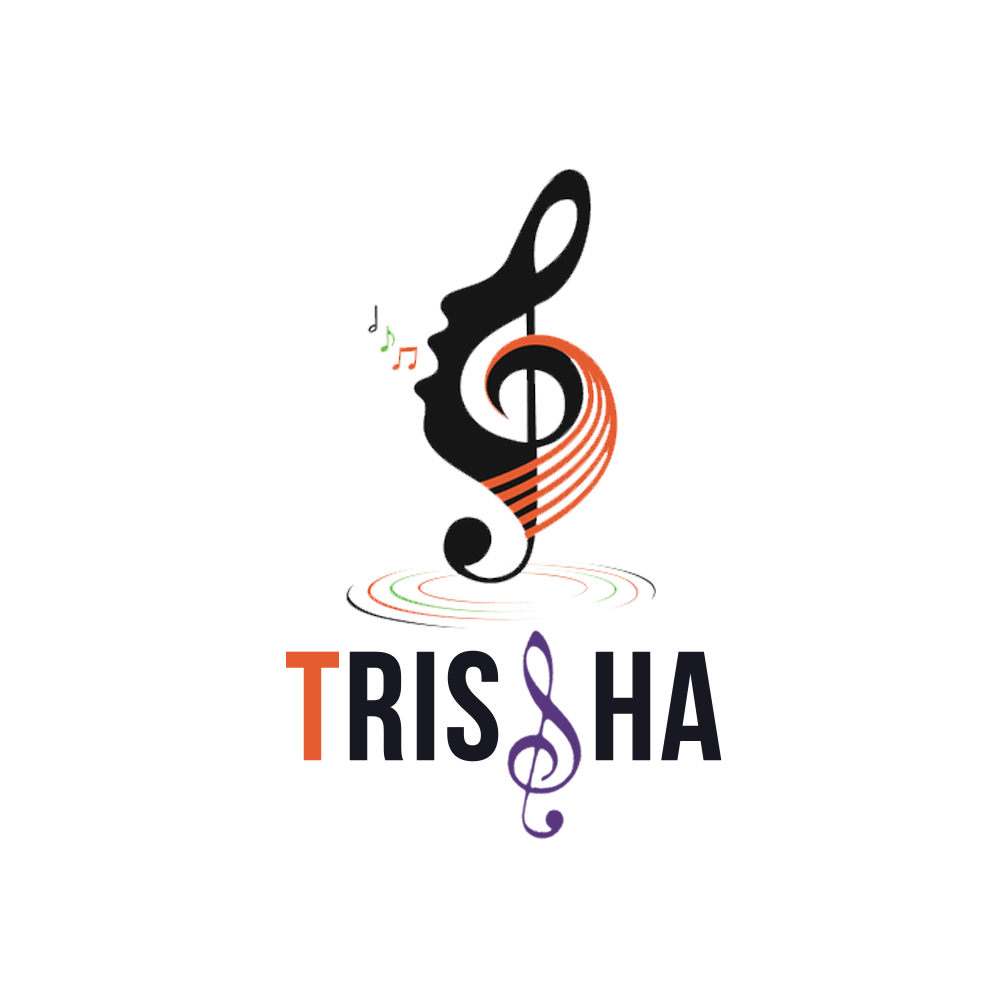
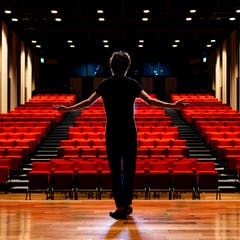

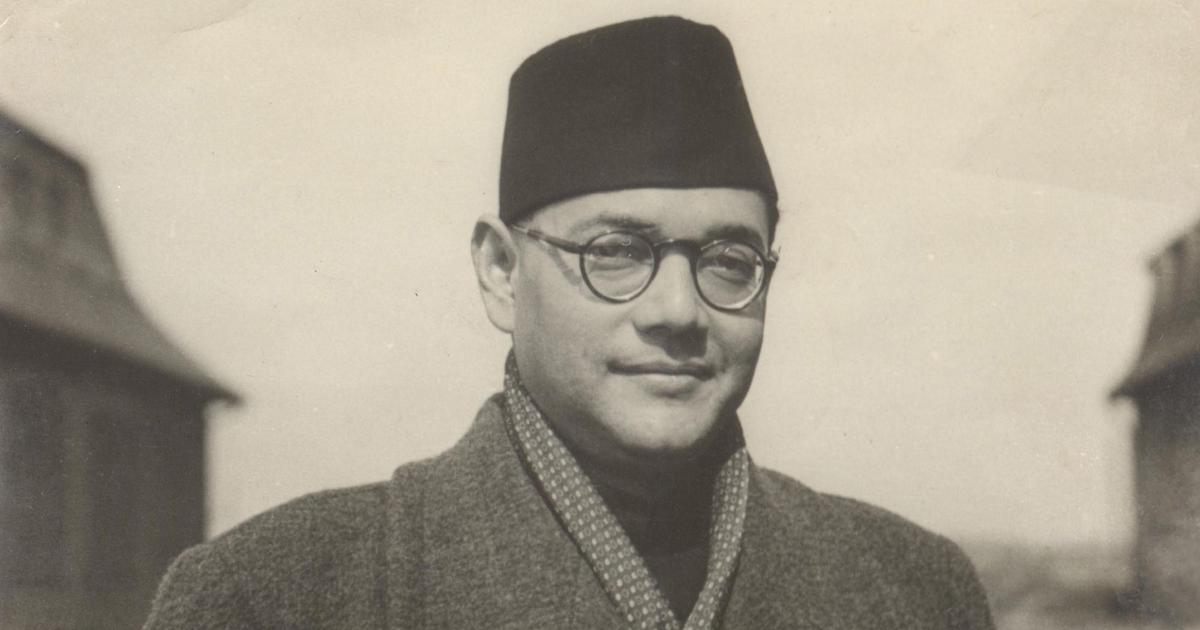
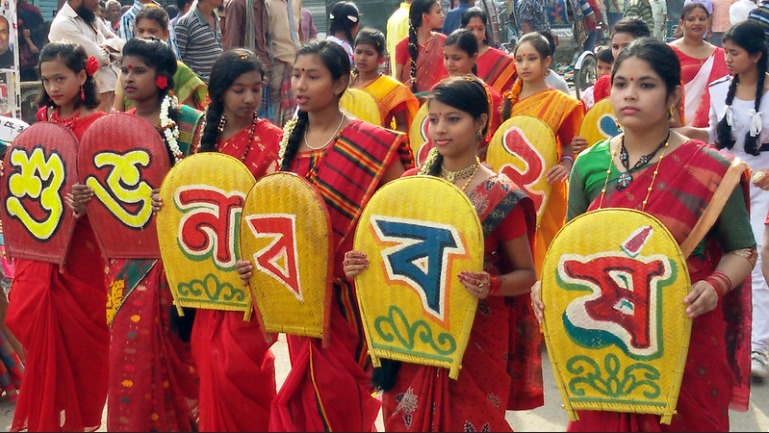
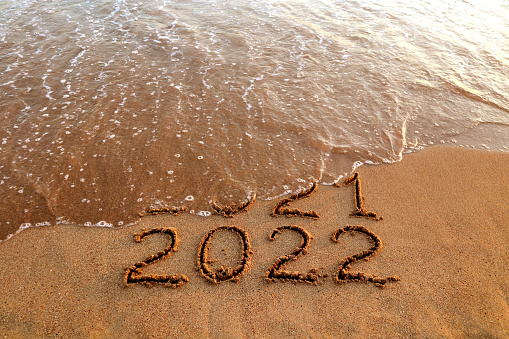
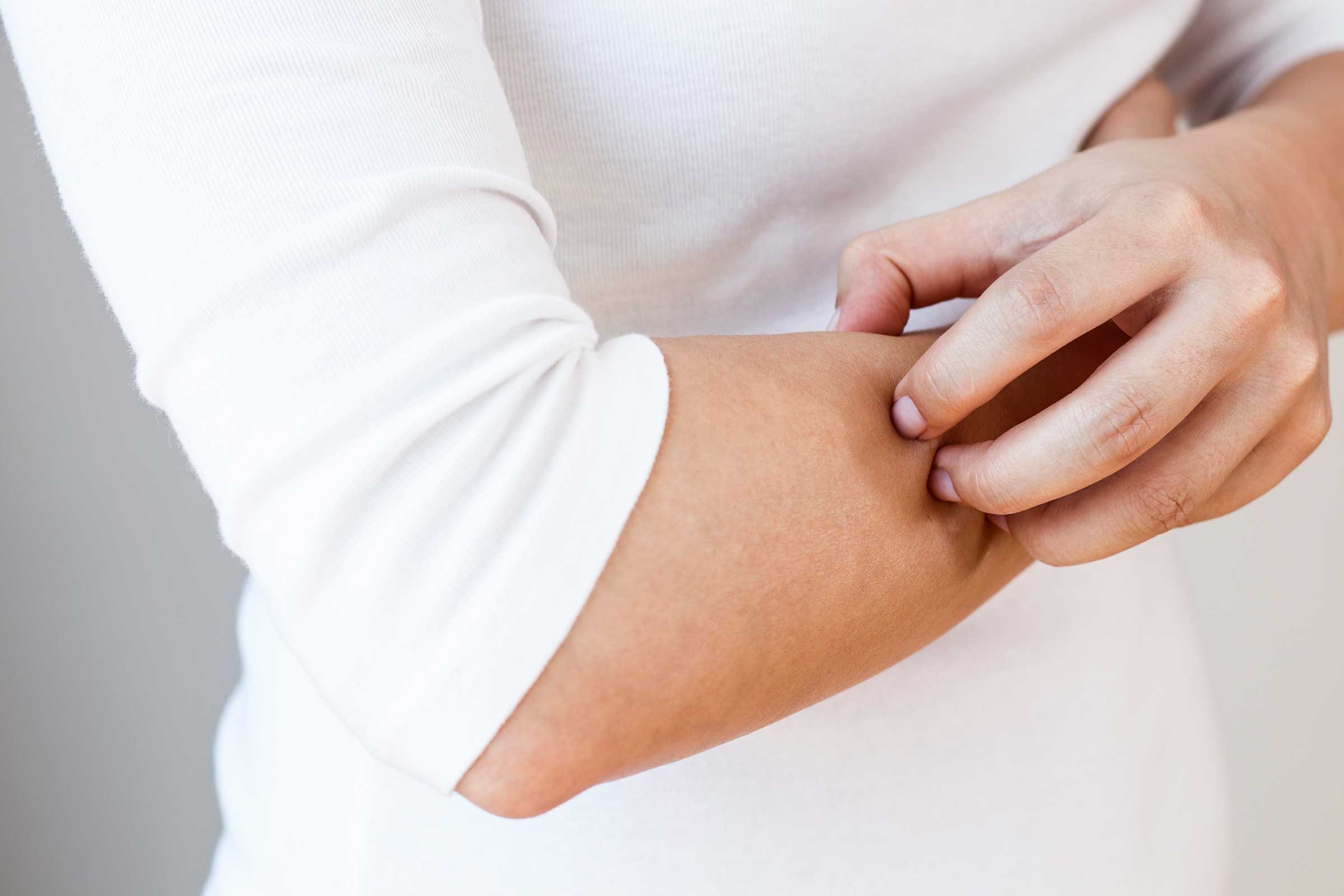
There are no comments